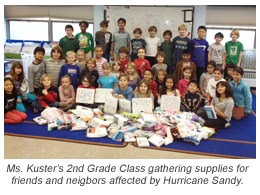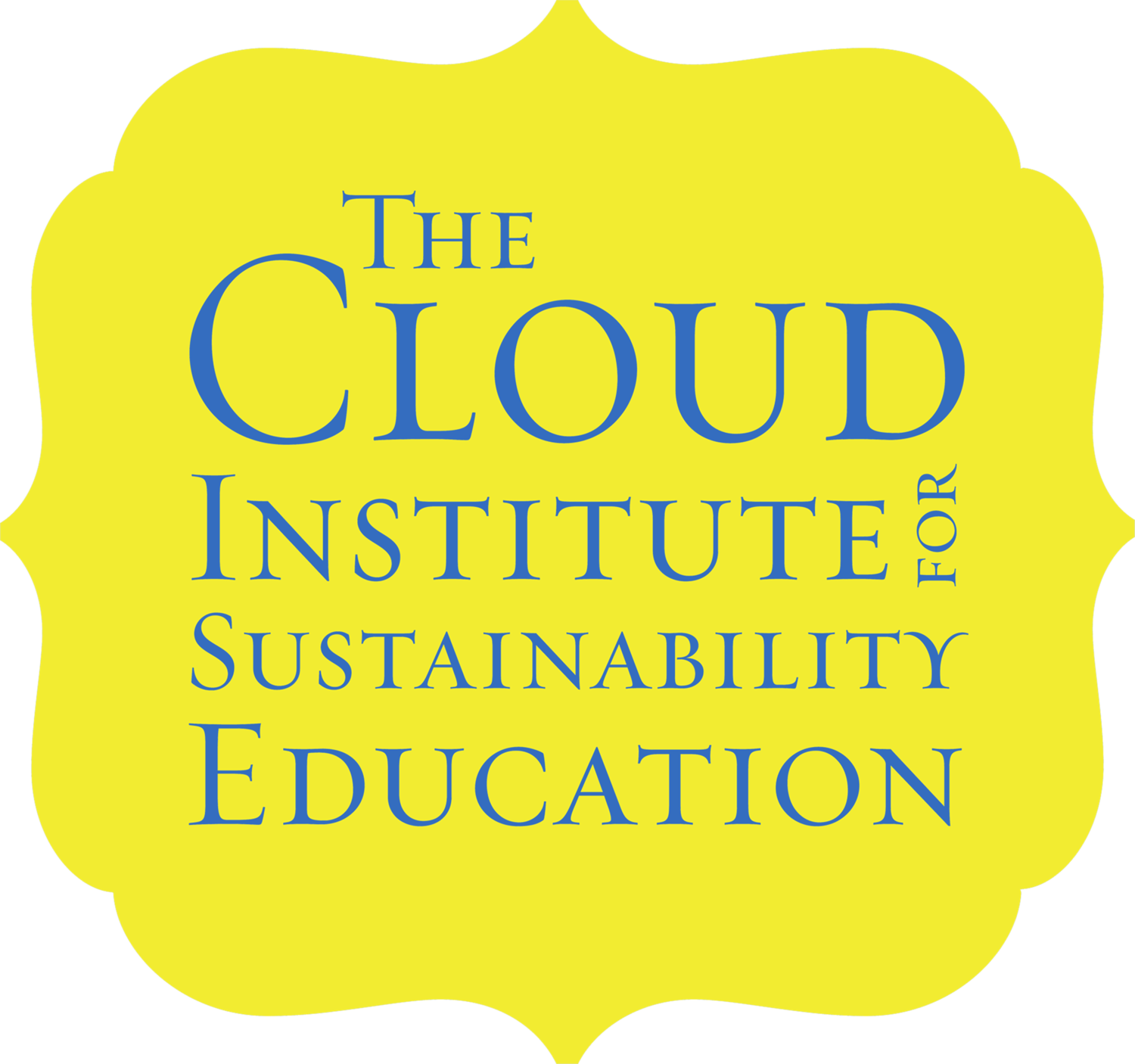
Green Ribbon School Awards
We are proud to congratulate our clients and partner schools who each received the 2012 Green Ribbon School Award this year. "Schools that take a green approach cut costs on their utility bills, foster healthy and productive classrooms, and prepare students to thrive in the 21st century economy," said Nancy Sutley, Chair of the White House Council on Environmental Quality. "These Green Ribbon School award winners are taking outstanding steps to educate tomorrow's environmental leaders, and demonstrating how sustainability and environmental awareness make sense for the health of our students and our country."
U.S. Department of Education Green Ribbon Schools (ED-GRS) is a federal recognition program that opened in September 2011. Honored schools exercise a comprehensive approach to creating "green" environments through reducing environmental impact, promoting health, and ensuring a high-quality environmental and outdoor education to prepare students with the 21st century skills and sustainability concepts needed in the growing global economy.
The 78 awarded schools were named winners from among nearly 100 nominees submitted by 30 state education agencies, the District of Columbia and the Bureau of Indian Education. More than 350 schools completed applications to their state education agencies. Among the list of winners are 66 public schools, including 8 charters, and 12 private schools. In total, the schools are composed of 43 elementary, 31 middle and 26 high schools with around 50 percent representing high need, and at-risk schools.
We would like to acknowledge:
Hawaii Preparatory Academy, Kamuela, Hawaii
The Willow School, Gladstone, New Jersey
Gladstone High School, Gladstone, Oregon
Tahoma Junior High School, Tahoma, Washington
The Denver Green School, Denver, Colorado

We would like to give a special shout out to our most recent and youngest school partner, the Denver Green School (DGS) because 2012 marked the end of their second year as a Denver Public School. DGS is a Neighborhood Innovation School in southeast Denver – meaning they implement their own unique program design, approved through a rigorous process by the Denver Public School Board. The innovation they proposed was Education for Sustainability. Their emphasis on project-based learning allows teachers and students to engage in relevant, self-directed, teacher-facilitated learning. DGS refers to the current national "Green Movement"- but they also believe that "green" has a deeper meaning. They believe that green must mean a focus on the whole student and the whole community.
Apparently the Denver Public Schools (DPS) agrees, and so do the test scores. DGS was also recently awarded the DPS’s “green school” designation—which in that context means that DGS met and exceeded the DPS’s expectations for academic achievement this year. Of course, at the heart of their success, is their focus on carbon footprint reduction and on environmental and social sustainability. Think deep dark green squared! Next year DGS will complete their growth as a Pre-K-8 school at 550 students.
The Cloud Institute began working with the leaders and faculty partners of DGS one year before they opened their doors. They did it right. Even though almost everyone coming to work at DGS had another job that year, by the time the school opened, the team was ready. Every year the faculty has worked with the Cloud Institute to design, document and map curriculum aligned with State, Common Core and EfS Standards, and the faculty has worked tirelessly to produce learner centered instruction that educates for the future we want, while administering assessments that produce learning.
Additional highlights from the first two years include the ongoing study of the rights to, and responsibilities for tending the Commons by the Pre-School students, an energy audit and reduction of energy consumption led by the second graders, and the small group of 6th graders that facilitated our fish game simulation to 75 US Green Building Council Members in the first year (with the usual results). This year, another group of 6th graders determined that DGS has used ONE MILLION gallons of water a year LESS since it opened (with hundreds of people in the building and a CSA Farm on the property run by their partner Sprout City Farms) then it did when it was unoccupied for the several years before it opened. That is what we call contributing to the regenerative capacity of a place. Elegant curriculum and instruction, co-leadership, faculty partners, community involvement—THIS is the new paradigm. It works.
It gives us great pleasure once again, to honor the Denver Green School, Hawaii Prep Academy, The Willow School, Gladstone High School, Tahoma Junior High School and all the other winners of the 2012 Green Ribbon Schools Award for their contribution to a healthy and sustainable future for us all.






